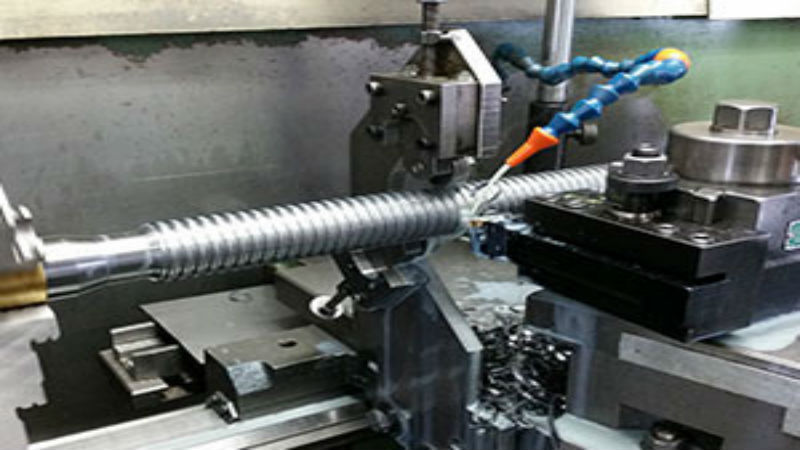Lathes are metal machining tools that enable a workpiece to be rotated around so that such procedures as drilling, cutting, sanding, and turning can be accomplished. These tools are used in such industries as metalworking and metal spinning. In particular, metal lathes can work with metal and other hard materials, though they can also be used to work with softer materials such as plastic. Learn more about the various types of metal machining lattes below.
Center Lathe
A center lathe (also known as a bench latte or engine latte) is a basic type of lathe that is often used by a general machinist. This type can be mounted on a workbench, but despite its relatively small size, still has the full array of features found in larger lathes.
Toolroom Lathe
Another type of metal machining lathe is the toolroom lathe. It’s really a center lathe with all of the extra features that may not be present on less costly models, such as taper attachments, collet closers, and more. The beds on this type are generally wider than those on most center lathes.
Multispindle Lathe
This type of lathe has more than one spindle, along with automated control. The specialty of this type is high-volume production. Smaller versions of this category are often known as screw machines, while the larger variations are usually known as chuckers. The former will often work from bar stock, while the latter will make up individual blanks from a magazine. Screw machines can be very effective in lowering unit cost once set up because of their ability to rapidly and effectively product thousands of parts in a short time frame.
CNC Lathe
A computer numerical controlled (CNC) lathe use modern carbide tooling and modern processes to make the metal machining process more efficient. This is why this type is quickly replacing multispindle and other types of lathes. Either the CAD/CAM process or the programmer will design the part and tool paths to be produced, then the CNC can rapidly produce those parts with little to no supervision.



